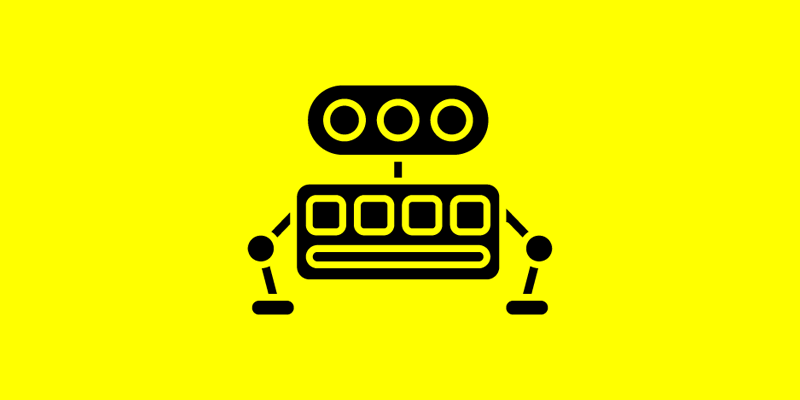The Final Frontier?
Space exploration has always been a daring endeavor, pushing the boundaries of human knowledge and technological capabilities. One of the most exciting frontiers in this exploration is the application of artificial intelligence (AI) to space robotics. In this article, we will discuss the captivating intersection of AI and space robotics, exploring how these technologies are reshaping the way we navigate and investigate the cosmos.
The Need for Space Robotics
The vastness and harsh conditions of outer space necessitate the use of robotic systems to complement human exploration. Space robotics play a pivotal role in missions that are too dangerous, distant, or prolonged for direct human intervention. These missions can include satellite servicing, planetary exploration, and even constructing future space habitats.
AI Revolutionizes Space Robotics
Artificial intelligence brings a new dimension to space robotics, enhancing their autonomy, adaptability, and efficiency. Here’s how AI is revolutionizing space robotics:
- Autonomous Navigation: Space robots equipped with AI can navigate autonomously. They analyze the environment, make decisions, and execute tasks without human intervention. This capability is crucial for long-duration missions
- Learning and Adaptation: Machine learning algorithms enable robots to learn from their experiences. They can adapt to unexpected challenges, which is particularly valuable when exploring dynamic environments such as planetary surfaces
- Complex Task Execution: AI-powered robots can tackle complex tasks, from assembling structures in space to performing scientific experiments on distant planets. These capabilities are transforming our approach to space exploration
Space Robotics in Action
Space agencies and private companies have already demonstrated the remarkable potential of AI-driven robotics in space exploration:
- Mars Rovers: NASA’s Mars rovers, including Spirit, Opportunity, Curiosity, and Perseverance, have AI capabilities that allow them to autonomously navigate and conduct experiments on the Martian surface
- Asteroid Mining: Private companies like Planetary Resources are working on the development of robotic spacecraft for asteroid mining. These robots will employ AI for resource identification and extraction
- Satellite Repair: Robotics for satellite servicing are equipped with AI to identify and repair malfunctions. This technology extends the lifespan of critical communication and Earth-observation satellites
Challenges and Future Prospects
Despite the tremendous progress, there are challenges to overcome in the realm of space robotics:
- Latency: Space communication introduces significant latency, making real-time control of robots challenging. Developing systems that can operate autonomously with minimal input from Earth is vital
- Robustness: Space is fraught with hazards, including extreme temperatures, radiation, and micrometeoroid impacts. Robots must be robust enough to withstand these conditions
- Human-Robot Collaboration: As we venture farther into space, the collaboration between humans and robots will be increasingly important. Creating interfaces and systems for effective cooperation is an ongoing challenge
The marriage of AI and space robotics is revolutionizing space exploration. These technologies enable robots to undertake complex tasks, adapt to unforeseen challenges, and work in environments too hostile for humans. As we look to the future of space exploration, it’s evident that AI-driven space robotics will play a significant role in our quest to uncover the secrets of the cosmos. This fusion of artificial and celestial intelligence is propelling humanity toward new frontiers, where the stars are not the limit.
